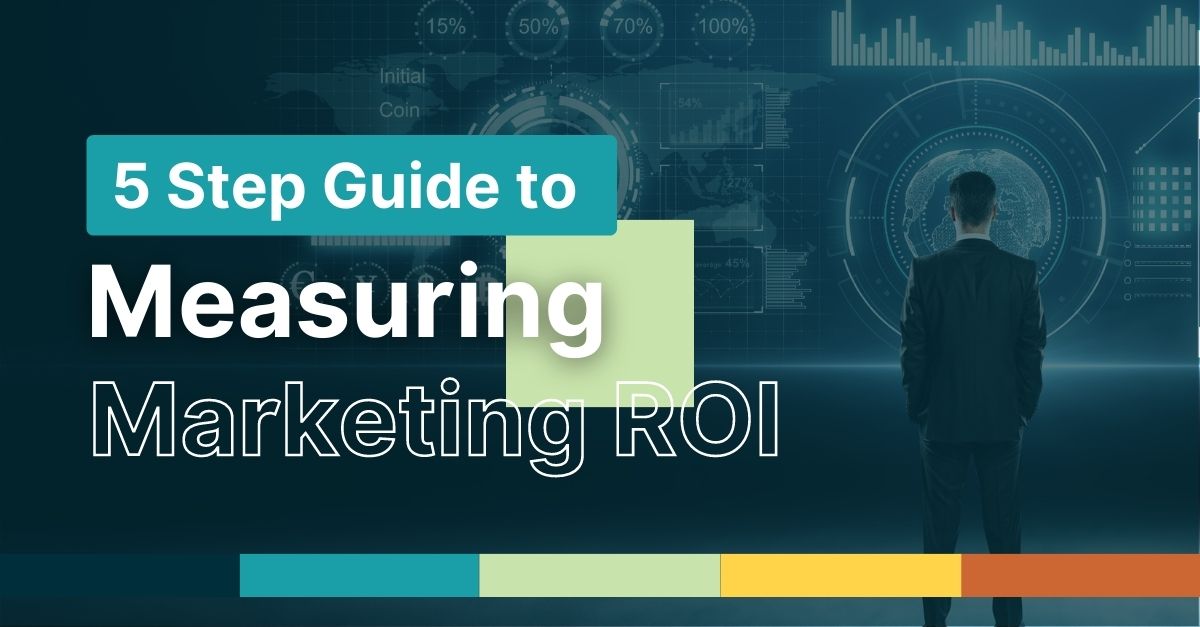Navigating Walled Gardens in the Evolving Digital Landscape
The digital advertising ecosystem is experiencing one of its most pivotal shifts in recent history. As individuals opt out of third-party cookies and privacy regulations tighten, marketers are reevaluating how and where they reach their audiences.
Enter the “walled gardens” — closed ecosystems like Google, Meta, Amazon, and Apple. These platforms offer highly valuable first-party data and built-in targeting capabilities, making them attractive options for brands looking to maintain performance in a cookieless world. But with opportunity comes complexity.
In this blog, we’ll break down what makes walled gardens so appealing, explore their challenges, and outline strategies to help marketers like you navigate these ecosystems with clarity and confidence.
What Are Walled Gardens, and Why Do They Matter?
Walled gardens are digital platforms that own and control both user data and the advertising environment. They determine how data is collected, how ads are delivered, and how performance is measured – all within their proprietary systems.
Because these platforms have direct relationships with their users, they capture large volumes of high-quality, first-party data. For marketers, that means access to granular audience insights, advanced targeting options, and robust ad inventory.
These platforms have become central to many media strategies. They promise reach, precision, and performance, but often at the cost of transparency and flexibility.
Why Marketers Are Drawn to Walled Gardens
The appeal of walled gardens comes down to data, scale, and ease of execution. Let’s look at a few key advantages:
- Powerful First-Party Data: Platforms like Meta and Google collect rich behavioral, demographic, and engagement data directly from users. This allows marketers to build highly specific audience segments – think in-market shoppers, video engagers, or lookalike audiences, without relying on cookies.
- Integrated Ad Products: From campaign setup to performance tracking, these platforms offer end-to-end solutions. You can launch, manage, and optimize ads all in one place, often with the support of AI-driven recommendations and built-in measurement tools.
- Massive Reach and Influence: Google and Meta alone account for a majority of U.S. digital ad spend. Amazon and Apple continue to grow rapidly in the space. If you’re trying to scale your message quickly and reach users across devices, these platforms offer unparalleled reach.
But It’s Not All Smooth Sailing
While walled gardens are powerful, they’re not without their downsides. Understanding these limitations is key to building a balanced, effective digital strategy.
- Limited Transparency: These platforms often operate as black boxes. Marketers have little visibility into how algorithms optimize delivery or how audience segments are defined. This makes it harder to analyze performance objectively, or apply learnings to campaigns outside the platform.
- Attribution Gaps and Inflation: Each platform measures success in its own way, often attributing conversions that may have occurred from multiple touchpoints. This can lead to over-reporting and challenges in determining true campaign impact.
- Rising Costs: As more advertisers shift budgets into these platforms, competition intensifies. This drives up CPMs and makes cost-efficiency harder to maintain—especially for smaller or mid-market brands.
- Data Siloes and Portability Issues: First-party data stays locked within each ecosystem. Integrating it into broader analytics frameworks, CRM platforms, or customer journey analyses can be difficult, without complex workarounds.
Smart Strategies for Navigating Walled Gardens
Success in this new environment isn’t about abandoning walled gardens – it’s about using them strategically. Here’s how to get the most value while managing the risks:
Diversify Your Media Mix
Don’t put all your budget into a single ecosystem. Supplement walled garden campaigns with open-web advertising, contextual targeting, and direct publisher partnerships. This expands your reach, reduces reliance on a few key players, and builds a more complete view of performance.
Prioritize First-Party Data Collection
Focus on gathering data directly from your own platforms, such as websites, apps, and email programs. Use this data to build custom audiences, refine targeting, and inform messaging across channels. Brands that own their audience insights will be better equipped to adapt as platform policies shift.
Use Independent Measurement Tools
Relying solely on platform-reported metrics can distort your understanding of campaign success. Tools like media mix modeling, incrementality testing, and third-party attribution platforms can provide a clearer, more balanced view of performance across your media portfolio.
Stay Agile with Platform Updates
Walled gardens frequently update their ad products, policies, and algorithms. Build agility into your media strategy by keeping close tabs on changes, testing new features early, and adapting creative and targeting based on platform shifts.
Lean into Creative Excellence
When visibility and control are limited, creative quality becomes even more important. Make sure your ads are designed for the unique formats and audiences of each platform. Small adjustments – like copy variations or visual cues – can dramatically impact performance within walled garden environments.
A Balanced Approach to the Future
Walled gardens aren’t going away, and they shouldn’t. They offer powerful tools for reaching consumers at scale, especially as privacy expectations evolve. But relying too heavily on a handful of platforms can create blind spots and inefficiencies.
The key is balance. By embracing a diversified, data-driven strategy, and investing in independent measurement, you can unlock the benefits of walled gardens without getting boxed in by their limitations.
At Coegi, we help brands navigate this complex landscape by blending performance media, privacy-first analytics, and strategic planning. Whether you’re launching a new product or refining your evergreen campaigns, our team can help you connect the dots between platforms, data, and results.=
Contact us if you are ready to get started.
Want to learn more?
Check out the following articles:







